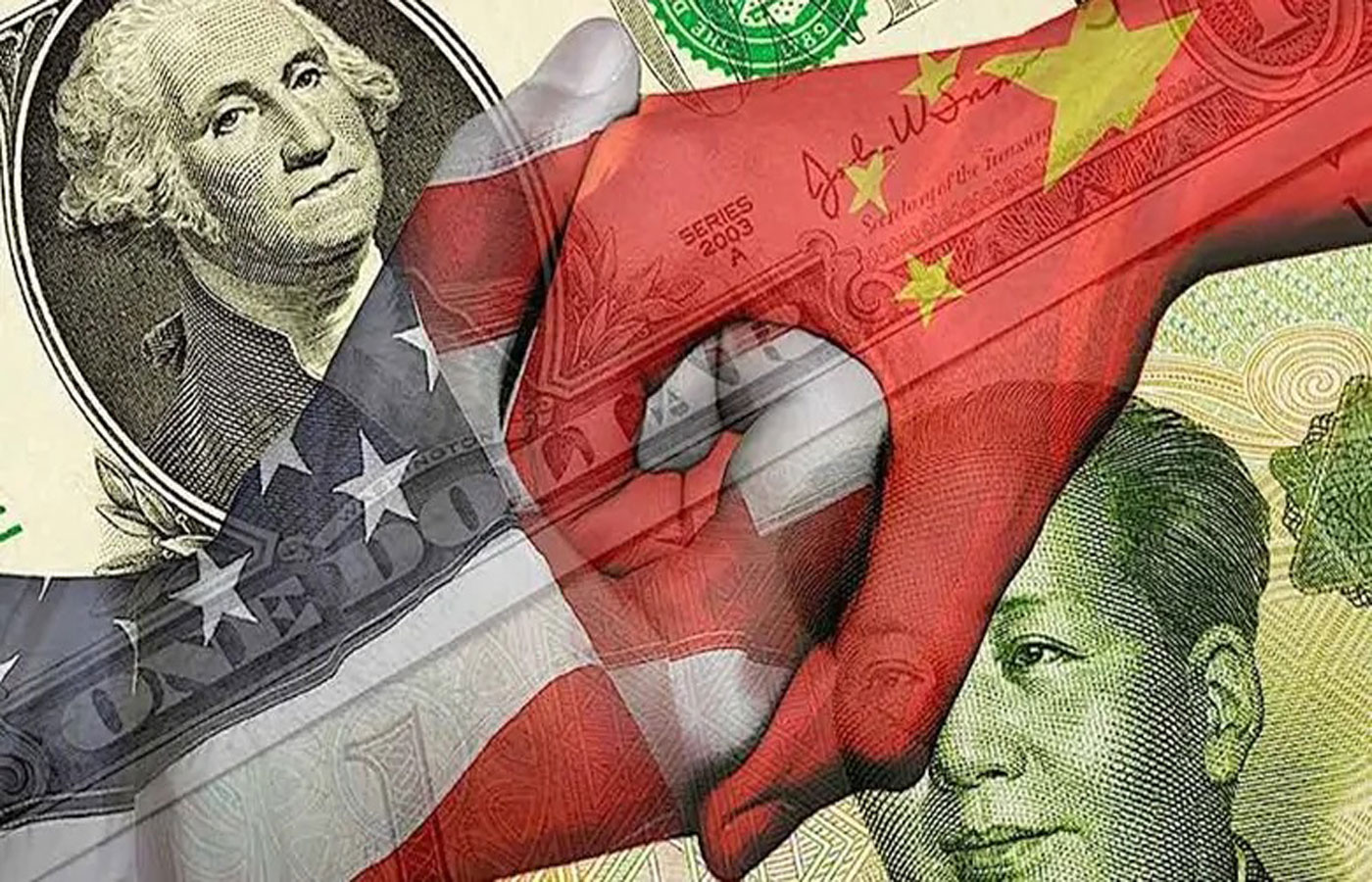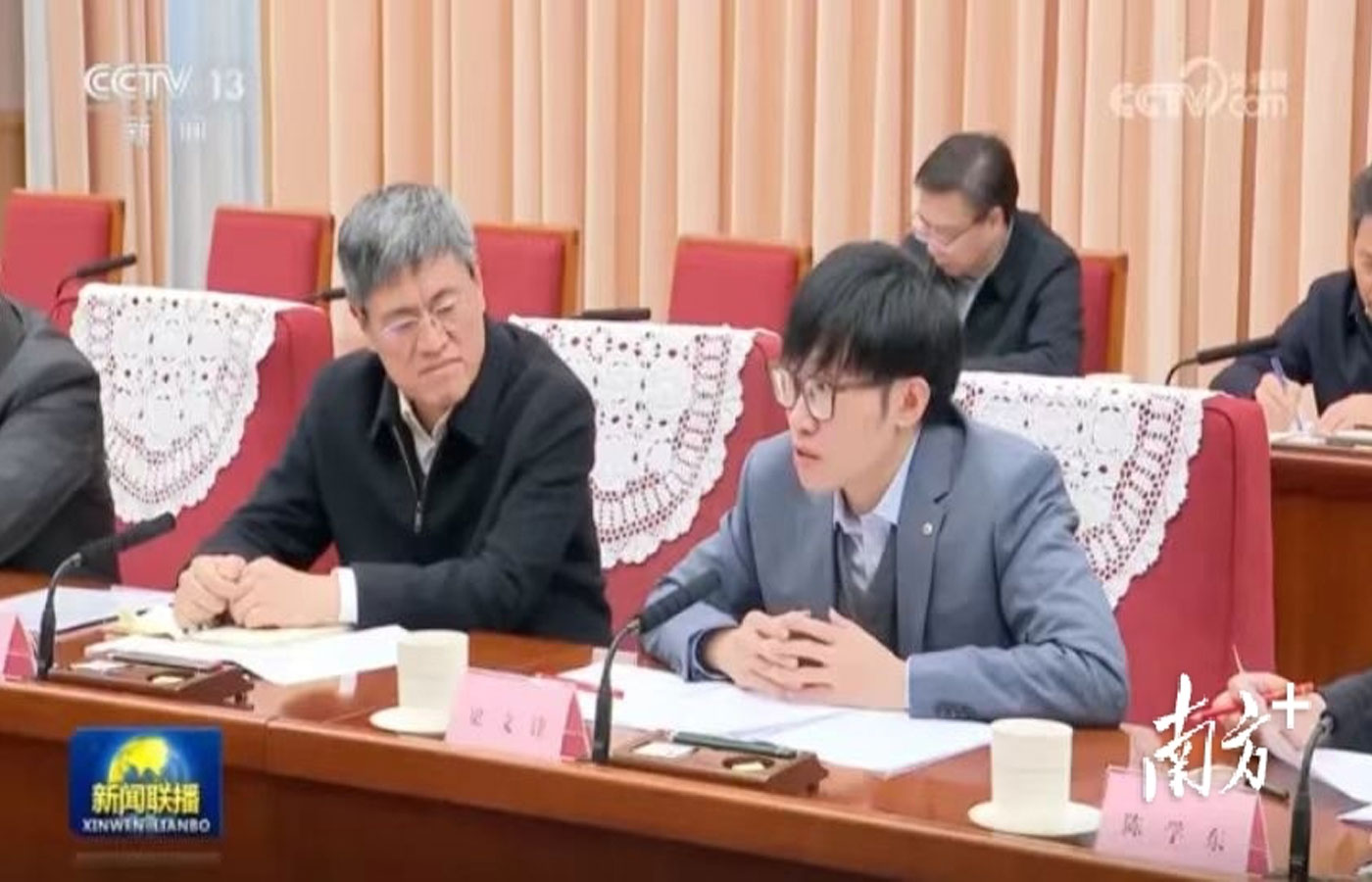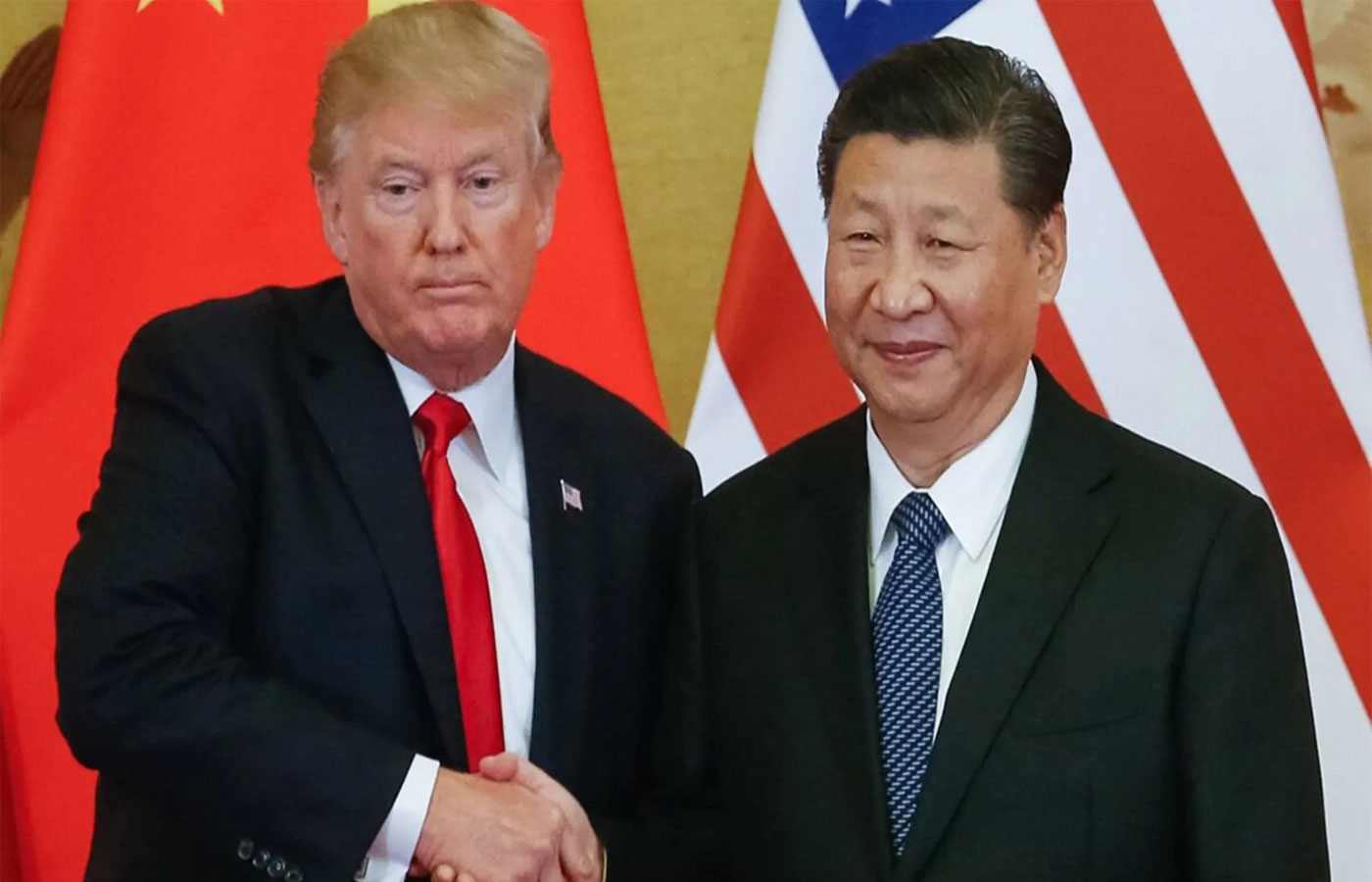There’s an old proverb: “If you want to drown your dog, accuse it of rabies”. With its strategy of sabotaging the Chinese economy, the United States has taken the ruse a step further: accusing China of having rabies isn’t enough, you have to give it the disease.
Since the Trump administration declared trade war on China, the United States and its EU allies have steadily intensified their policy of decoupling from Chinese economy, through the adoption of economic sanctions, tariff and non-tariff barriers, and bans on the export of certain “sensitive” products to China.
In parallel with this ostracism of certain sectors of the Chinese economy, the Western media repeatedly claim that the Chinese economy is in bad shape, and even on the brink of collapse. According to these birds of ill omen, the golden age of Chinese economic growth is over.
Fabricating self-fulfilling prophecies
Washington and its affiliates present China’s economic indicators as a succession of disasters resulting from the Chinese government’s misguided economic policies.
According to this narrative, China’s growth is at half-mast due to a misallocation of resources by the Chinese authorities. These errors of judgement are said to have led to a widespread domino effect: provincial indebtedness is becoming unsustainable, the real estate sector is collapsing, companies are making less profit, youth unemployment is soaring, consumer prices are falling, and so are wages and confidence. The volatility of China’s stock markets is also invoked to support the Western narrative. – And if we add to this the ageing of the population, then there is definitely reason to believe that the Chinese economy is in terminal decline.
Of course, behind this cataclysmic portrait lies the aim of undermining confidence: of domestic demand, of investors and of Beijing’s partners. For it should not be forgotten that this portrait pretends to ignore the avalanche of trade restrictions imposed on China by Washington and its satellite countries, which are bent on reducing, and in some cases banning, trade with Beijing. These maneuvers reveal that the real aim of the Western bloc is to limit China’s economic and commercial competitiveness – and, by extension, the development of its partners in the South.
At a time when the energy transition is the new hobbyhorse of the Western bloc, which sees it as a means of perpetuating its hegemony by imposing new rules of exchange, it’s hardly surprising that China’s spectacular progress in this field should incur the wrath of Washington. The imposition of particularly high tariffs on Chinese electric cars – 100% by the US and up to 45% by the EU – leaves no doubt as to Washington’s intentions: to undermine the dominant position of Chinese automotive companies, accusing them of unfair competition through subsidies and overcapacity. Lucid as to the fallacious pretext underpinning this masked protectionism, China has decided to take the matter to the WTO, whose rules of free competition are clearly being flouted.
The accusation that China uses forced labor on the Uyghur population of Xinjiang province serves the same purpose: to exclude entire sectors of Chinese industry from trade with the United States. One only has to consult the list of Chinese products included in the UFLPA to realize the geopolitical and geo-economic dimension of these laws adopted by Washington. By targeting strategic products such as cotton, PVC aluminum, silica-based products, tomatoes and seafood, the obvious aim is to keep out a competitor whose dominant position is undermining Washington and its allies.
This American law on forced labor – protectionism disguised as the defense of human rights – also enables Washington to cultivate the image of a dictatorial China, disrespectful of human dignity and mistreating its Muslim population. It goes without saying that Beijing’s considerable investment in the economic development of Xinjiang, which has proved to be the best antidote to terrorist and separatist movements directed from outside, deprives Washington of a formidable instrument of blackmail against Beijing. It also goes without saying that, in the context of the daily bloodshed in Gaza and Lebanon – carnage carried out by Israel, but sponsored and promoted by Washington and its European allies – these accusations against China have not a shred of credibility.
The Western diagnosis of China’s state of health also deliberately ignores the economic reorientations undertaken by Beijing. Like the great Chinese economic policies of the last thirty years, these reorientations are long, far-reaching processes of transformation, constantly being readjusted in line with internal and external circumstances. This is how we understand the concept of dual circulation, the priority given to the digital economy and China’s march towards technological sovereignty – not forgetting, of course, the global geopolitical architecture of the BRI. The “Decision” of the 3rd Plenum of the 20th Central Committee of the Communist Party set out in detail the priorities on which the country’s economic policies should be based.
National security vs. sovereignty
The economic restrictions imposed on China are said to be primarily motivated by “national security” concerns. These concerns would be sufficiently alarming to justify, in the eyes of the US and the EU, the exclusion of certain Chinese products, or even sectors, from trade with Washington and Brussels.
The US, for example, has consistently highlighted the danger posed by dual-use technologies such as 5G or high-tech semiconductors, which can be used for both civilian and military purposes. Thus, under pressure from the US, several EU countries had to give up on Chinese 5G. Similarly, high-tech semiconductor manufacturers have been forced by US injunction to ban exports of their products to China.
American concerns about “national security” also extend to seaports on all four continents. Beijing’s construction and/or management of strategic commercial ports, such as Hambantota in Sri Lanka, Bata in Equatorial Guinea and Chancay in Peru, is perceived by Washington as a potential threat, as these ports could eventually be used for military purposes.
Washington recently imposed sanctions on six new Chinese companies, accusing them of helping Iran “acquire weapons of mass destruction”, as well as contributing to the modernization of the Chinese army. – At the same time, the United States continues to compromise China’s sovereignty and territorial integrity, having just signed a new $2 billion arms contract with Taiwan – violating, for the umpteenth time, the spirit of the three joint communiqués signed with Beijing.
These unilateral coercive measures reveal that China’s economic ascent, whose corollary is its military ascent, is perceived by the United States as a threat to its hegemony. The adoption of economic and trade barriers against Beijing aims to hinder China’s technological sovereignty, and to keep Beijing dependent on the American-dominated Western bloc. There is no doubt that these coercive measures are also intended to guarantee Washington a say in China-EU relations, and to prevent the EU from becoming too independent of Washington.
Faced with this reality, we must face up to the only valid question: what legitimacy can the notion of “national security”, put forward by the United States and its allies, have if it denies their geopolitical competitors the right to protect their borders and resources, to choose their own development path, and to improve the lives of their populations? This question goes beyond China: it also applies to Russia, Iran, North Korea, Venezuela, Zimbabwe and so many other states whose “national security” is mercilessly trampled underfoot by a handful of major powers.
In short, we have to call a spade a spade: the trade war against China is a war against Chinese sovereignty.
Lama El Horr, PhD, geopolitical analyst, is the founding editor of China Beyond the Wall, especially for the online magazine “New Eastern Outlook”
Source: New Eastern Outlook











